Knowledge center
Blog Home
Equilar Blog
Best Practices for 10b5-1 Plans and Insider Trading Policies

February 29, 2016
10b5-1 plans continue to receive substantial attention from the media, legal commentators,
academics, regulators, investors and shareholder organizations. While October 2015 marked the 15th anniversary of
the creation of rule 10b5-1, the way companies approach this rule continues to evolve. Because of the scrutiny
around these plans, senior management and boards of directors have placed a greater focus on their use, adopting
or formalizing existing policies to regulate the behavior of insiders.
Equilar recently hosted a webinar with Steve Giove, Partner at
Shearman & Sterling LLP, Christine Cognetti McCasland,
Executive Director at Morgan Stanley, and Darla Stuckey,
CEO and President at
The Society of Corporate Secretaries & Governance Professionals, to discuss the results of their recent survey
evaluating 10b5-1 plans and insider trading policies and practices at public companies. The survey, which included
293 respondents, aimed to gain a deeper understanding of 10b5-1 plans and insider trading policies and practices and
to provide benchmarking information for companies.
A Rule 10b5-1 plan is often thought of as a pre-arranged sales plan used by insiders to sell their companies’
securities. Essentially, these plans allow an insider to have pre-determined trades executed regardless of whether
the insider had non-public information about their company at the time of the trade.
According to the study, 51% of S&P 500 companies have implemented and are using 10b5-1 plans, a significant increase
since 2004 when penetration of 10b5-1 plans was just 26%.
The overall usage of 10b5-1 plans is continuing to increase and, in fact, many companies are beginning to informally
mandate its employees to use the plans. “If I do see mandatory (plans) it’s usually only for the C-suite,” said
McCasland. “I’ve also sat in a lot of boardrooms where they don’t want to take explicit authority to force people to
trade with the 10b5-1 plan, but it’s so strongly encouraged that it almost feels like an enforcement.
Source: Morgan Stanley, Shearman & Sterling and Society of Corporate Secretaries and Governance Professionals
One of the more controversial issues with 10b5-1 plans comes when a company terminates its plan early, which
55% of the companies in the study allowed their employees to do. In general, a termination or modification can
weaken the affirmative defense, thus, it is important to strategically think about a plan to reduce the chance
of termination. “Look at your financial situation for a year, evaluate your feelings on liquidity needs and
diversification, and then in another year reset it to limit how you terminate,” advised McCasland.
Overall, there are a number of issues and policies that pertain to insider trading, including who assumes the
role of administrating the trading policy at a particular company and the different restrictions on the plans
and which companies have restrictions. With respect to the overall purpose and importance of 10b5-1 plans,
McCasland explained, “These plans were designed to give executives diversification, so you want your plans to
look like a diversification tool. You don’t want it to look like you’re trying to take advantage of your own
company’s stock. You want it to be crystal clear and not have anything that may bring up questions.”
Ultimately, communicating the importance of 10b5-1 plans is essential for those companies seeking to effectively
utilize these plans. It comes down to briefing and educating company executives on the different policies and the
benefits that stem from them. “It’s really getting ahead of it and educating the senior people in the company,”
explained Giove. “Show them that you are on their side in terms of helping them achieve their liquidity objectives
and wealth diversification objectives, but in a way that doesn’t put the corporation at undo risk.”
Equilar’s Insight tools provide compensation and governance professionals access to compensation,
incentive and equity plan, and pay-for-performance data and models.
Learn more.
For more information on Equilar’s research and data analysis, please contact Dan Marcec, Director of Content &
Marketing Communications at dmarcec@equilar.com. Amit Batish
contributed to this post.
 Solutions
Solutions








